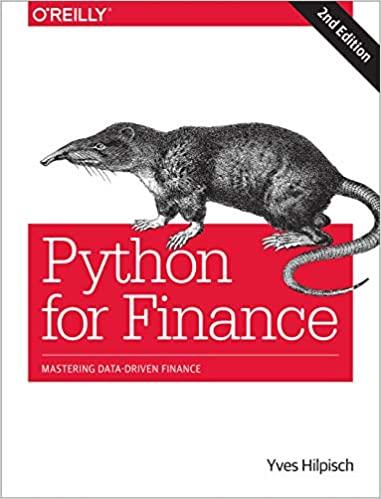Question
A) (1) The most Laura should pay for the asset if it is classified as low-risk is $ (blank). (Round to the nearest cent.) (2)

A) (1) The most Laura should pay for the asset if it is classified as low-risk is $ (blank). (Round to the nearest cent.)
(2) The most Laura should pay for the asset if it is classified as average-risk is $ (blank). (Round to the nearest cent.)
(3) The most Laura should pay for the asset if it is classified as high-risk is $ (blank). (Round to the nearest cent.)
B) Suppose Laura is unable to assess the risk of the asset and wants to be certain she's making a good deal. On the basis of your findings in part a, the most she should pay is $ (blank). (Round to the nearest cent.)
C) All else being the same, what effect does increasing risk have on the value of an asset? Explain in light of your findings in part a.(Select the best answer below.)
- By increasing the risk of cash flows received from an asset, the required rate of return increases, which increases the value of the asset.
- By increasing the risk of cash flows received from an asset, the required rate of return decreases, which reduces the value of the asset.
- By increasing the risk of cash flows received from an asset, the required rate of return increases, which reduces the value of the asset.
Step by Step Solution
There are 3 Steps involved in it
Step: 1

Get Instant Access to Expert-Tailored Solutions
See step-by-step solutions with expert insights and AI powered tools for academic success
Step: 2

Step: 3

Ace Your Homework with AI
Get the answers you need in no time with our AI-driven, step-by-step assistance
Get Started


